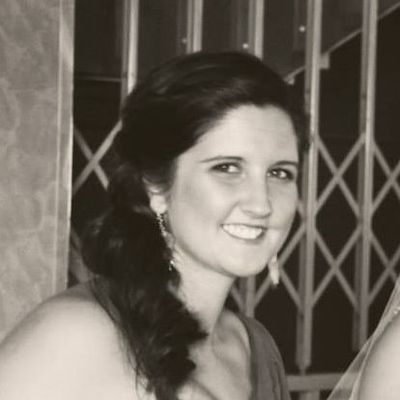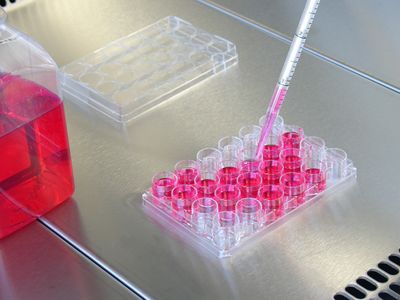ABOVE: Junyue Cao Matthew Septimus, The Rockefeller University
From the time he was nine years old, growing up in a small town outside of Beijing, Junyue Cao knew he was going to be a scientist. Raised by two middle school teachers—his mother and father taught Chinese and chemistry, respectively—he had access to equipment and libraries and the freedom to explore his curiosities, Cao says. He read science books along with science fiction, fueling a natural inquisitiveness that saw him through a rigorous curriculum at a prestigious high school and into a bachelor’s degree in biology at nearby Peking University in 2010.
Throughout his education, Cao was driven by one main question: Why do people die when they get old? To understand the cellular mechanics of aging, he wanted to map all of the potential fates a cell could have, starting with a single fertilized egg. But humans are complex—their bodies contain trillions of cells, each of which can differentiate into thousands of different cell types. Instead, when Cao started his PhD studies in 2014 at Caltech, he began working on single-cell genetics with a simpler organism, the nematode C. elegans, which has 27 cell types and only about 1,000 somatic cells in total when fully grown.
The scale of these projects remained relatively small, as existing technologies could only profile three to five cells at a time, with a price tag of around $100 per cell. A year later, Cao transferred to the University of Washington (UW) in Seattle, joining geneticist Jay Shendure’s lab. There, he added mouse and human cells to his repertoire, eventually studying hundreds of cell types. Cao developed several novel protocols for high-throughput, single-cell genomics techniques, focusing specifically on gene expression, transcriptomics approaches, and messenger RNA expression, to track the fate of cells and study cell proliferation in a developing organism (Science, 357:661–67, 2017; Science, 361:1380–85, 2018; Nat Biotechnol, 38:980–88, 2020). Today, for less than a cent per cell, these new tools can profile more than 2 million cells simultaneously, making it easier to see where the effects of aging manifest and accumulate, Cao says, and potentially proving useful for studying the onset of disease.
After arriving in Seattle, Cao “immediately made a huge splash,” says Sanjay Srivatsan, a postdoc at UW who was then enrolled in the university’s MD/PhD program. These techniques made it possible for Cao to produce an atlas for each cell type found in mice, from neurons to intestinal cells, that includes a list of all of the possible outcomes for each cell line. Specifically, Cao barcoded cells of mouse embryos at five stages of development and used a process called single-cell combinatorial indexing to create digital models of each cell’s trajectory (Nature, 566:496–502, 2019). Cao’s work “made it very clear that people should be thinking on this scale, and since then, people really have been,” Srivatsan says.
After defending his dissertation and launching an interactive version of the mouse atlas in 2019, Cao stayed in Shendure’s lab as a postdoc until he accepted an assistant professorship at The Rockefeller University the following year. Launching his lab at a time when in-person contact was limited due to the COVID-19 pandemic made collaborations hard to establish. Cao credits the university with being supportive, and notes that his lab now includes more than a dozen people. “[They] are really brilliant, and I’m grateful to have the chance to work with them,” he says.
Alexander Tarakhovsky, an epigeneticist at Rockefeller, lauds Cao’s “old-fashioned enthusiasm for science” combined with his penchant for developing cutting-edge technology “that is so essential for our comprehension of gene regulation and cell-cell interaction,” he tells The Scientist. Cao’s work, he adds, “is definitely playing a key role in building up the resources” to help move those fields forward.
Outside of his passion for research, Cao also prioritizes time with his two young children, ages seven and two years old. He says that the family enjoys the energy of bustling New York City, but also looks forward to the low-key time they spend at their nearby park.







